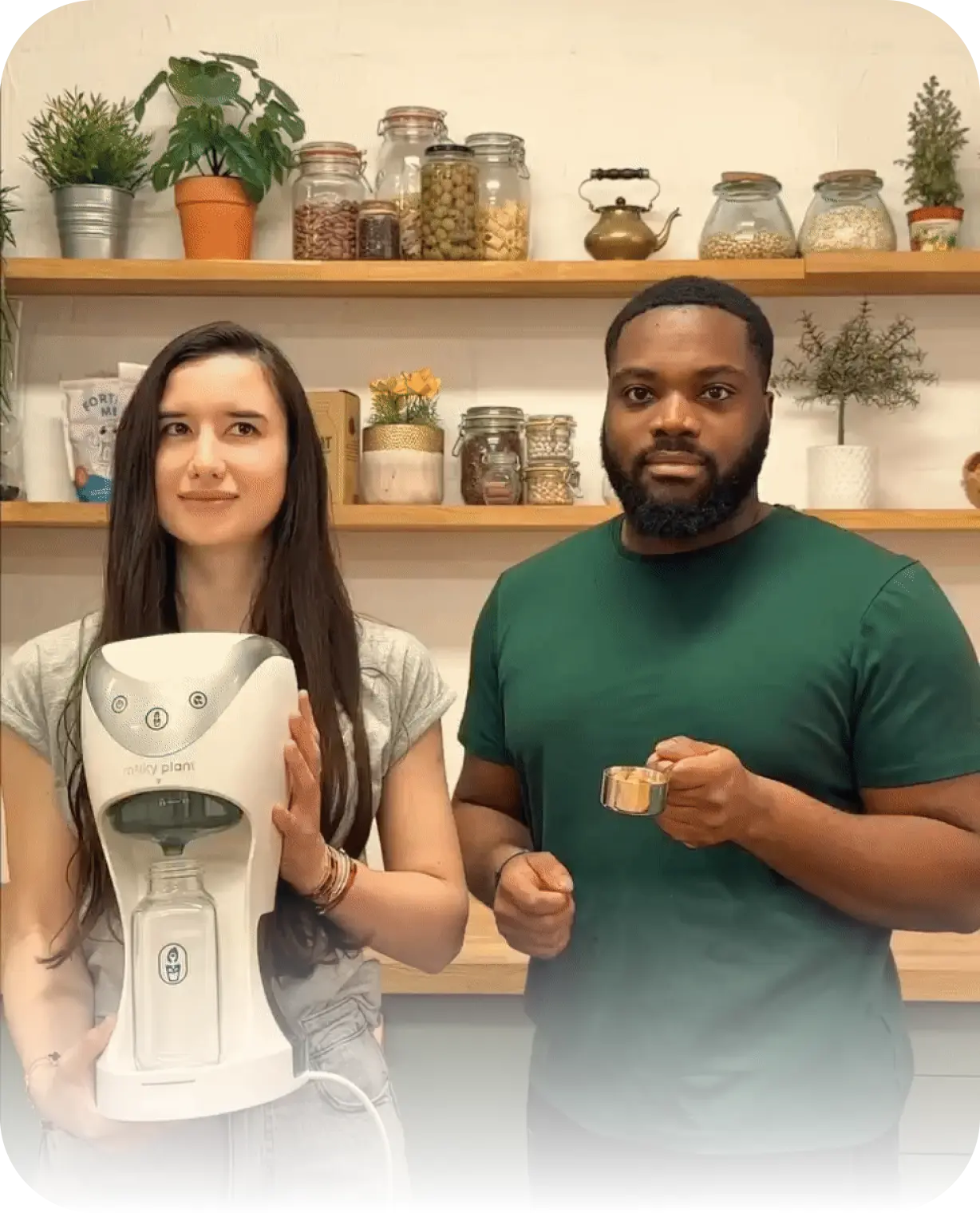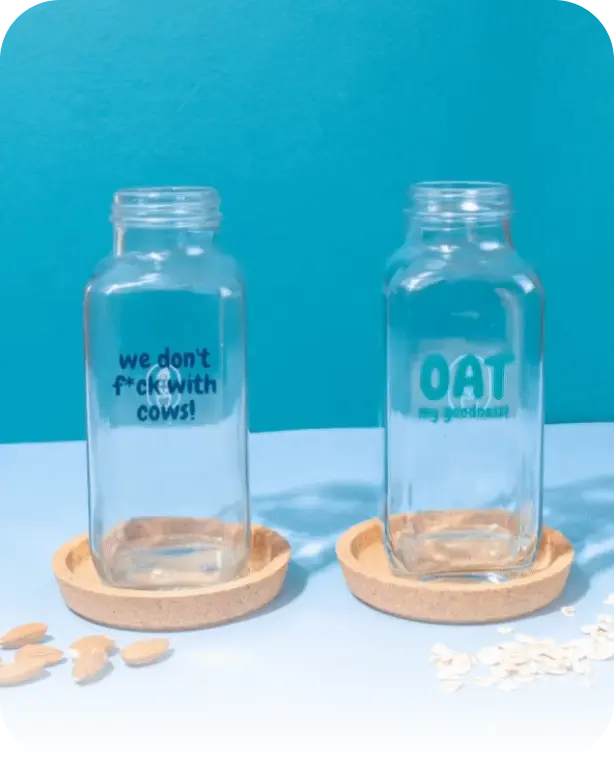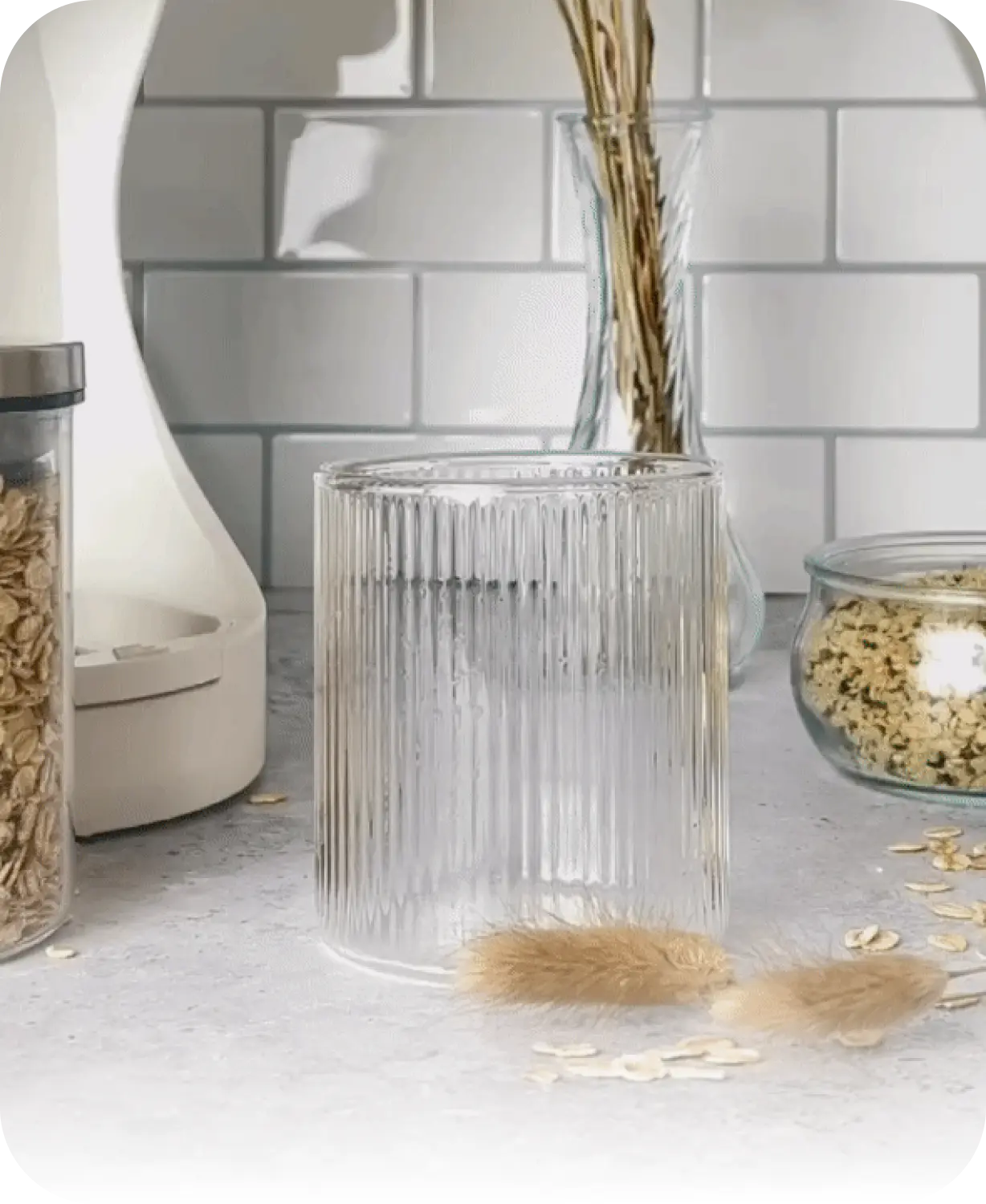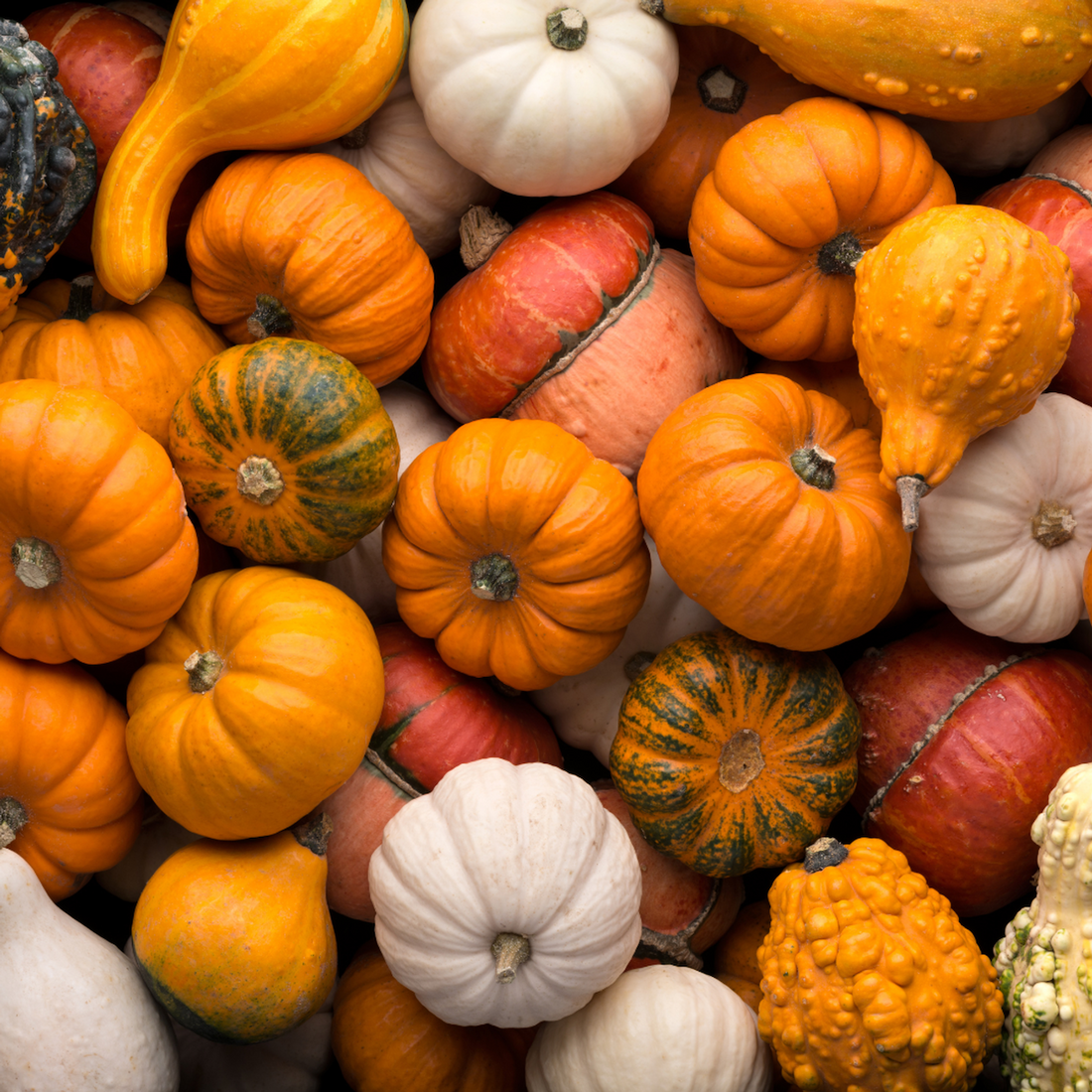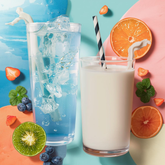Halloween is a time for spooky decorations, creative costumes, and, of course, carving pumpkins into eerie jack-o'-lanterns. However, the scary part about Halloween isn't just the costumes and haunted houses; it's the massive amount of pumpkin waste generated during this season. Each year, millions of pumpkins are carved and discarded, contributing to food waste and environmental degradation. But what if we could turn this waste into something delicious and sustainable? In this blog, we'll explore the idea of using Halloween pumpkin waste to make plant-based milk and discuss its benefits for both conservation and our diets.
The Pumpkin Waste Problem

Halloween may be fun, but it's also a season of excessive pumpkin waste. Many people scoop out the seeds and flesh of their pumpkins before carving them, resulting in a significant amount of discarded pumpkin flesh. While some may use the seeds for roasting, the majority of the flesh is tossed into the trash, ultimately ending up in landfills.
Food waste is a pressing issue globally, contributing to greenhouse gas emissions, wasted resources, and the loss of valuable nutrients. Pumpkins are no exception. The pulp of pumpkins contains a wealth of nutrients, including vitamins A and C, fiber, and potassium. Throwing away this nutritious material is not only wasteful but also environmentally damaging.
Creative Solutions to Reduce Pumpkin Waste
1. Composting: Instead of throwing away pumpkin scraps, consider composting them. Pumpkin scraps, including the flesh and seeds, are rich in organic matter and can be a valuable addition to your compost pile. The resulting compost can be used to enrich your garden soil, closing the loop on the pumpkin's life cycle.

2. Pumpkin Soups and Stews: Consider making hearty pumpkin soups and stews. These dishes are not only delicious but also a great way to utilize pumpkin flesh and reduce waste.
3. Pumpkin Spice: Don't forget about the seeds! Pumpkin seeds can be roasted and seasoned with a variety of spices to make a tasty snack. You can also use them as a garnish for salads and soups or incorporate them into trail mix.
4. Pumpkin Puree: Save the pumpkin flesh and turn it into pumpkin puree. Pumpkin puree can be used in a variety of recipes, including pies, soups, muffins, and more. It's a versatile ingredient that not only reduces waste but also adds a delicious flavor to your dishes.

5. Pumpkin Face Masks: Get creative with DIY beauty products. Pumpkin is packed with vitamins and enzymes that can benefit your skin. Create a homemade pumpkin face mask to enjoy a spa day at home.
6. Pumpkin Milk: In addition to the creative solutions mentioned above, you can also turn your Halloween pumpkin waste into delicious and nutritious plant-based milk. This adds another layer of sustainability to your pumpkin recycling efforts. Pumpkin is packed with vitamins and minerals, making pumpkin milk a nutritious choice. It's rich in vitamin A, which is essential for eye health, and contains fiber for improved digestion.

Pumpkin milk can be used in various culinary applications, such as smoothies, coffee, baking, and cooking. Its mild, slightly sweet flavor complements many recipes.
This Halloween, let's reduce pumpkin waste and embrace sustainability by repurposing jack-o'-lantern leftovers creatively. Composting, making puree, roasting seeds, crafting masks—all eco-friendly choices to minimize waste and enjoy pumpkin's versatility.
And don't forget pumpkin milk! Transforming pumpkin waste into nutritious plant-based milk addresses food waste and offers a sustainable, delicious option. For added convenience, explore tools like the Milky Plant Machine—have your plant-based milk ready in just 3 minutes, mess-free, making eco-conscious choices easier. This Halloween, celebrate sustainability and flavor, one pumpkin at a time.
